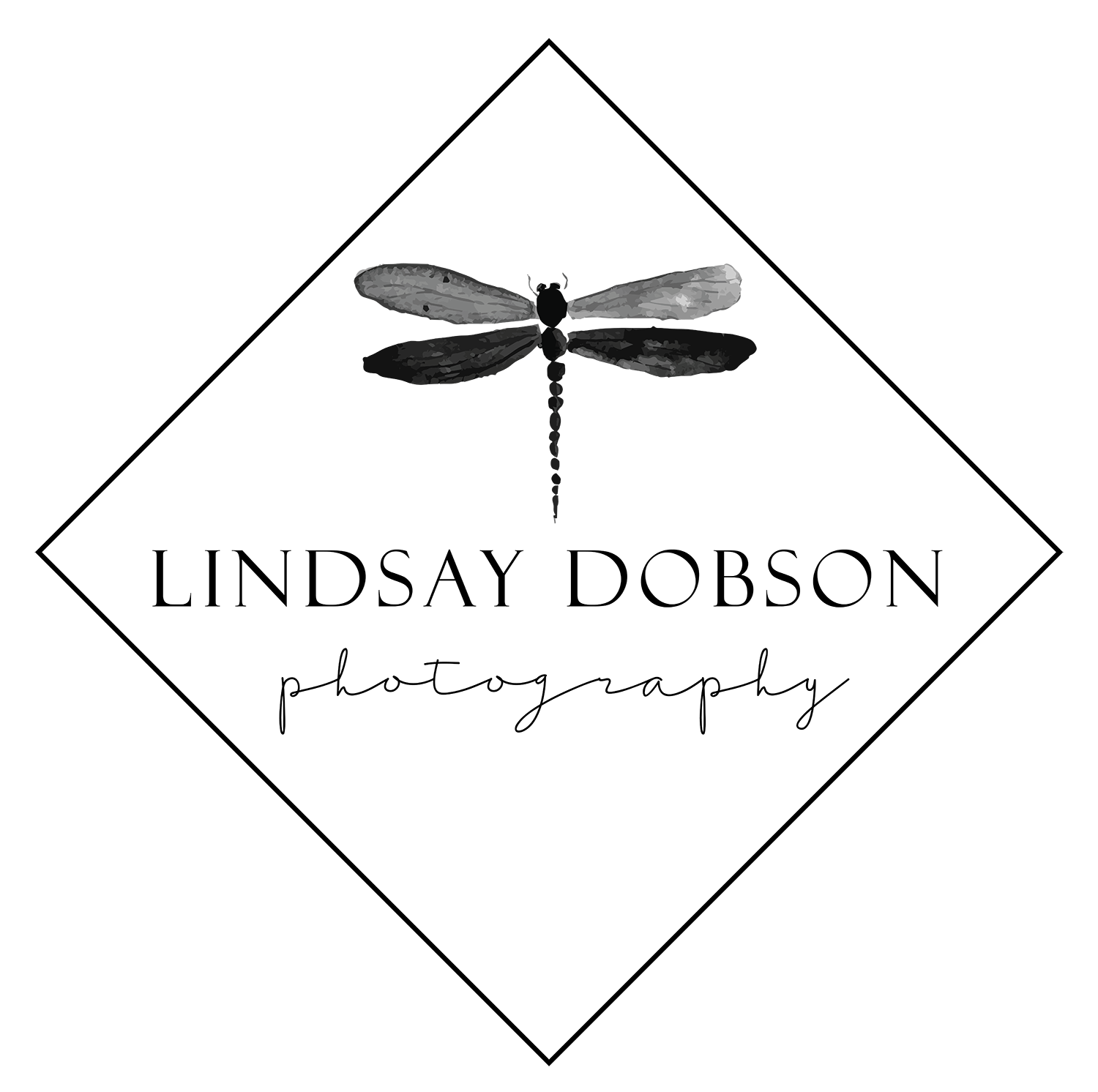Olympus Teleconverter MC14 Field Review Bird Photography Sussex
There’s been some serious excitement about the new Olympus M Zuiko 40-140 f2.8 Pro lens, and the release of the new x1.4 teleconverter. Today I had the chance to conduct a basic Olympus Teleconverter MC14 field review. I’ve been receiving a number of questions about whether there is any image or performance degradation with this device attached. Having owned a couple of leading name teleconverters in the past I can say that I was certainly expecting less sharpness and contrast. But having now compared these images with those taken last week without the TC, the results have been very rewarding. In fact I’m seeing little loss of sharpness or contrast – a big improvement on every other TC I’ve used so far. Bear in mind that when you attach a TC your apparent magnification increases and your handholding speed will need to increase accordingly.
The lens I’m marrying it to is extremely good and I’ve said a few words about it here: Olympus 40-150 f2.8 Pro Lens Field Review and here: Olympus 40-150 f2.8 Pro Lens for Wildlife
Animals do of course move and for that reason we have to be aware of our shutter speeds and importantly, our depth of field. I constantly hear it said on some forums that Micro 4/3 cameras don’t offer shallow enough depth of focus. I can say that when photographing animals with tele lenses even at a distance, the slightest movement (of you or your subject) can affect your plane of focus and hence sharpness. It’s worth familiarising yourself with this by consulting the various depth of field tables available on the Internet. Remember that the more your subject is magnified, and/or the closer you are to it, the shallower your DOF will be. You can see this quite clearly in some of the pictures below and when photographing the birds at f4 (a x1.4 teleconverter will cost you one stop of light/aperture) the depth of field was very thin much of the time.
The lens and TC were mounted on my Olympus EM1, which also had the battery grip attached. This setup is beautifully balanced and I felt no fatigue or pain after carrying it around for nearly 4 hours. With my full frame equipment I would have been struggling within the first 20 min. This really is the beauty of downsizing – a modern Micro 4/3 system is a high performing option for demanding photographers and I have happily been using my Olympus kit for all of my personal and professional work for more than two years now (with one or two days in the year when I use the big stuff, when representing Canon – and I suffer for it).
Today’s Tip:
On this outing the weather conditions were changing by the moment. This means that the light temperature is also changing. You can shoot on auto white balance if you wish, but the tint of your photographs is likely to change each time you move or re-frame, making post-production a little more fiddly than it needs to be. I tend to choose a sunny/daylight preset, this enables me to batch correct any photographs which might need it. Alternatively you can switch to a different preset when the conditions dictate.
So you can get a good idea of sharpness I’ve included a couple of tight crops. The photographs have not had sharpening added to them other than my default setting in Lightroom which is 0.5/32 – some sharpening is generally necessary when working with RAW images. Today ISO values ranged from 800 to 1600. Higher ISO values are a pain when you’re trying to determine critical sharpness, but in the UK it can’t be helped much of the time. Noise can affect details and even a small amount of noise reduction during post production can smooth details and micro contrast still further (hence you’ll see a little noise in these pictures). Providing you have comparison images taken in the same conditions you should still be able to assess a lens fairly well.
The bird with the rusty brown head and grey speckled body is a ‘maned goose’. They’re gorgeous little things and one of my favourite birds in fact. The example below is a male but I created a study of a female here: Female Maned Goose Fine Art Bird Portrait
Which lens is sharper at 200mm – the Pana Leica 100-400 (released after I did this review) or the Olympus 40-150 f2.8 with x1.4 teleconverter? The big Leica is the winner, but the Oly is still very good. There’s plenty of info on the Leica 100-400 here in the blog, if it’s a lens you’re considering (and it’s a cracker).


















